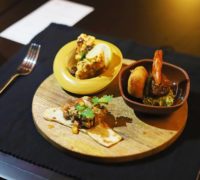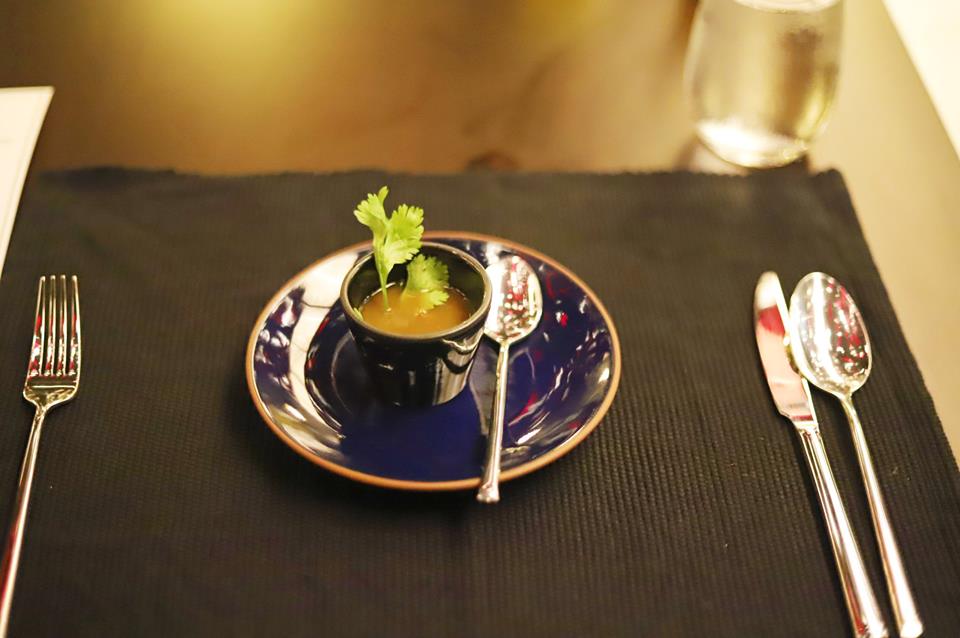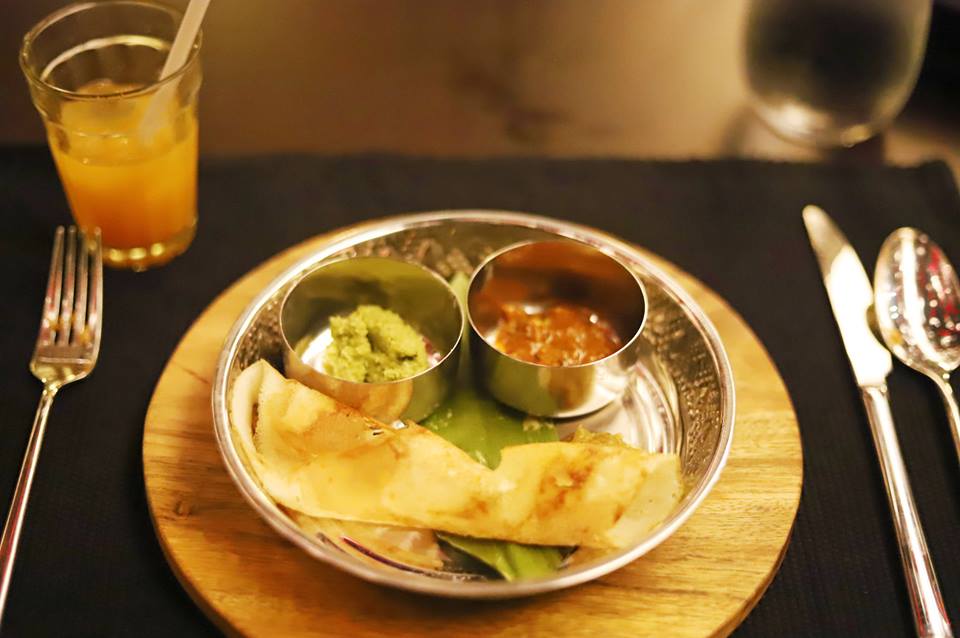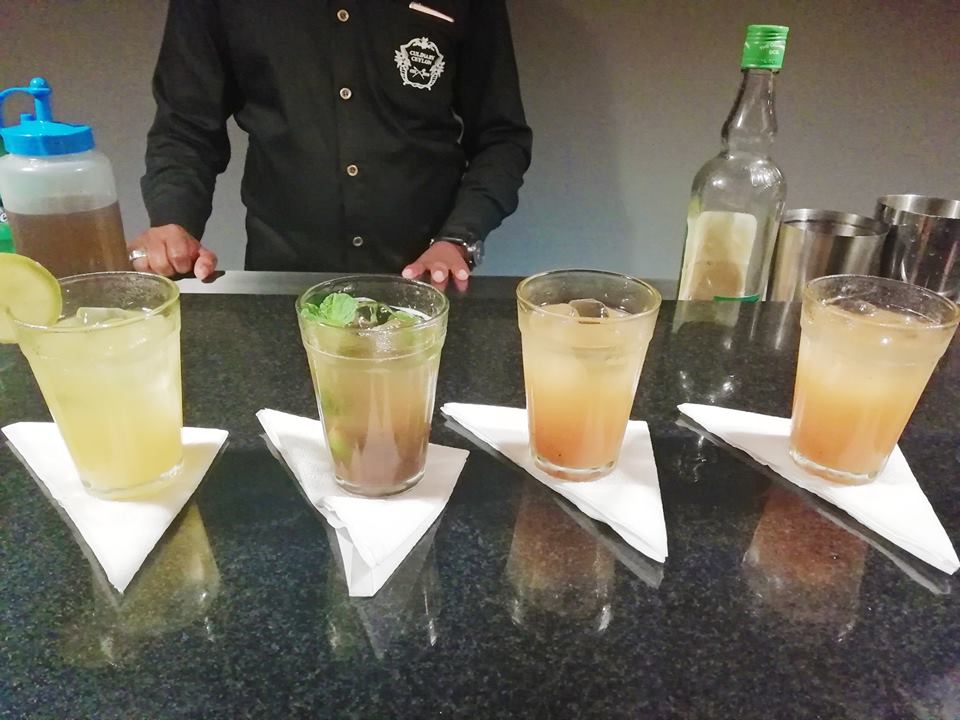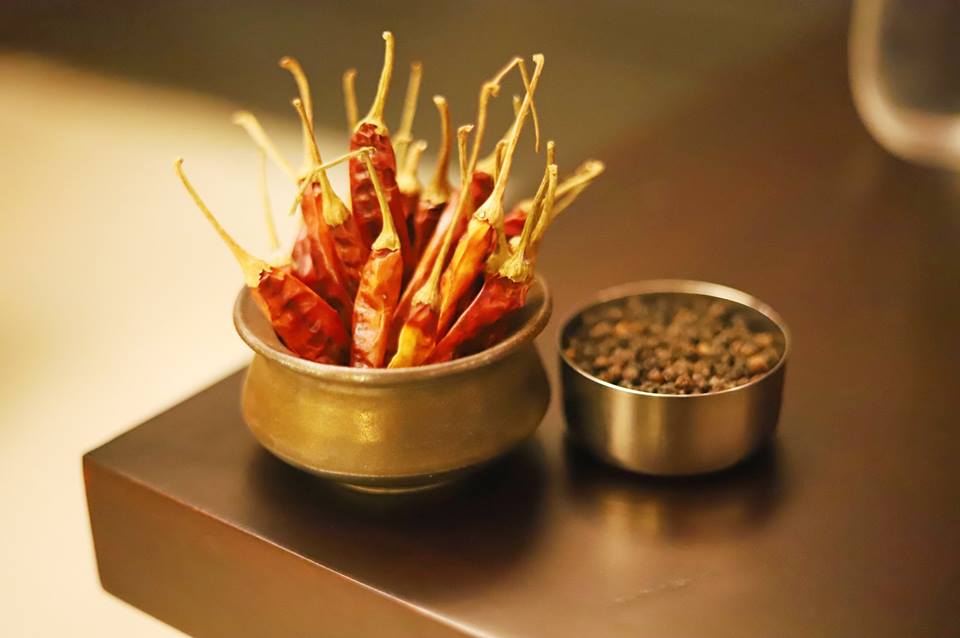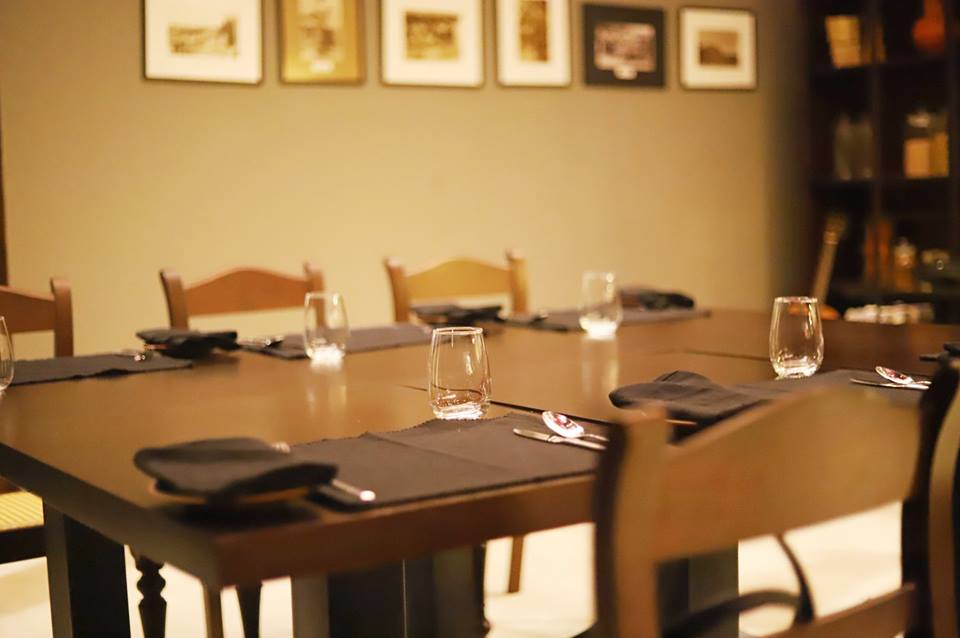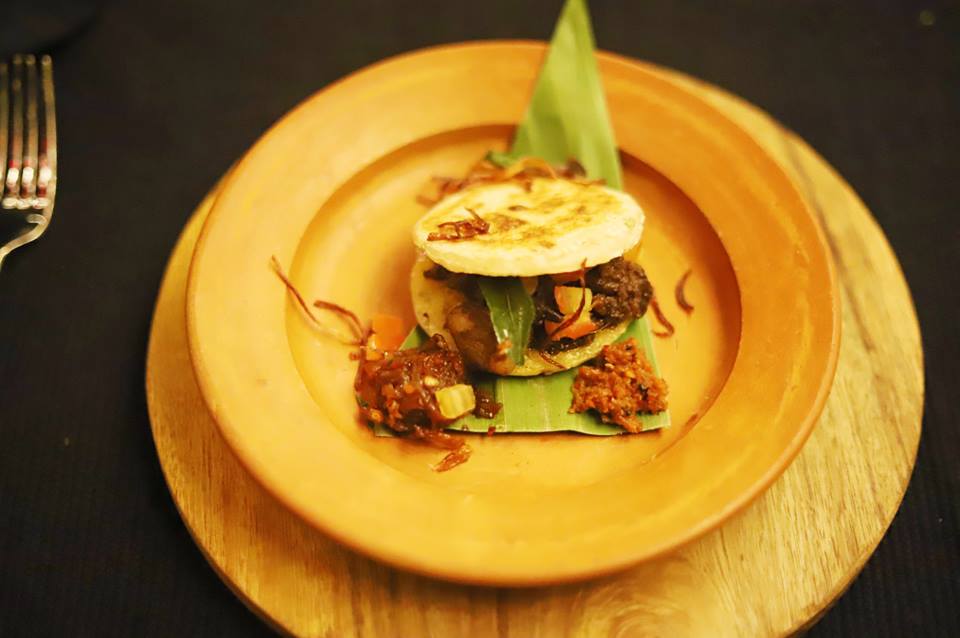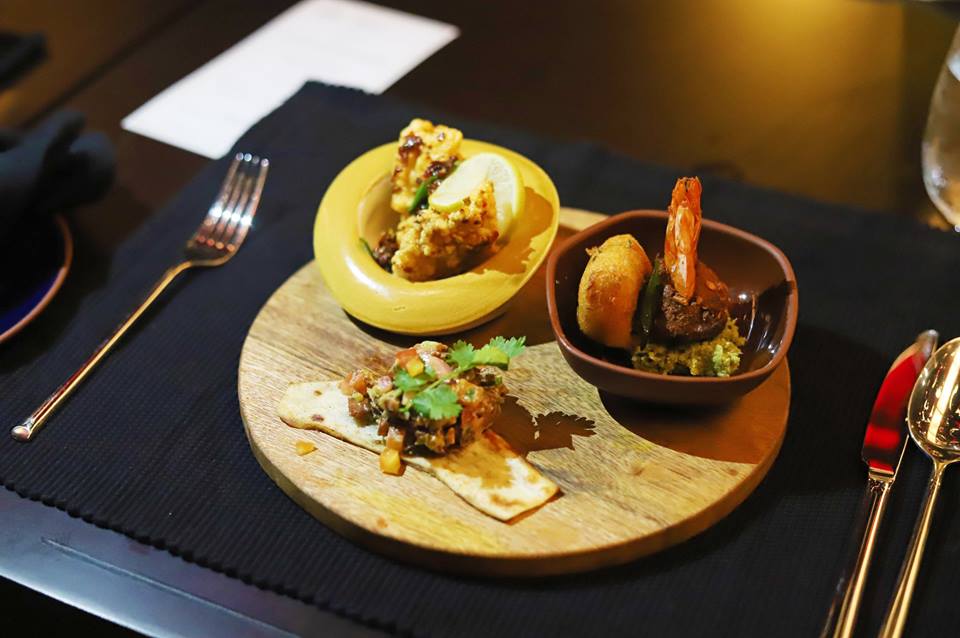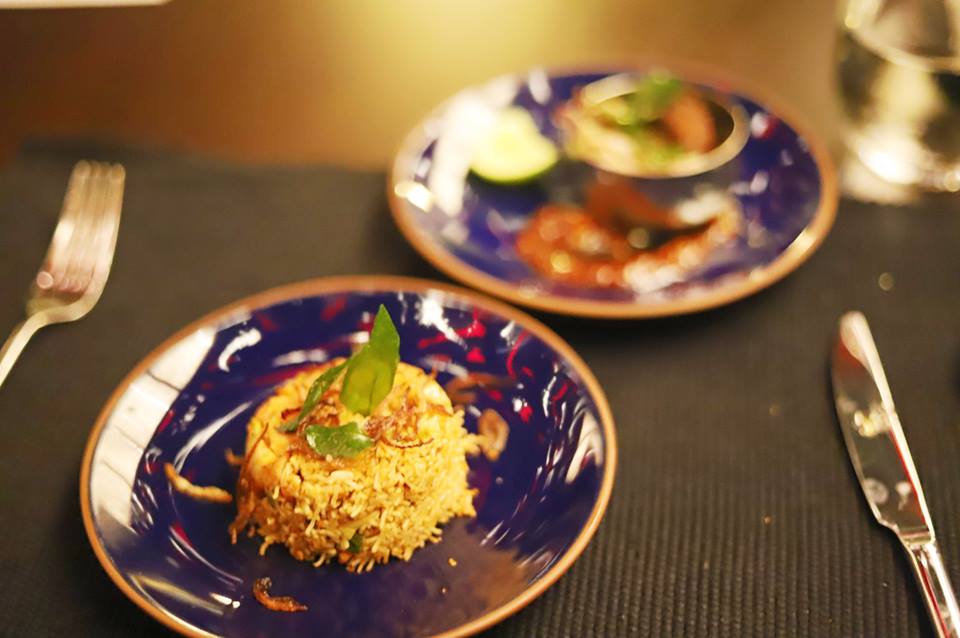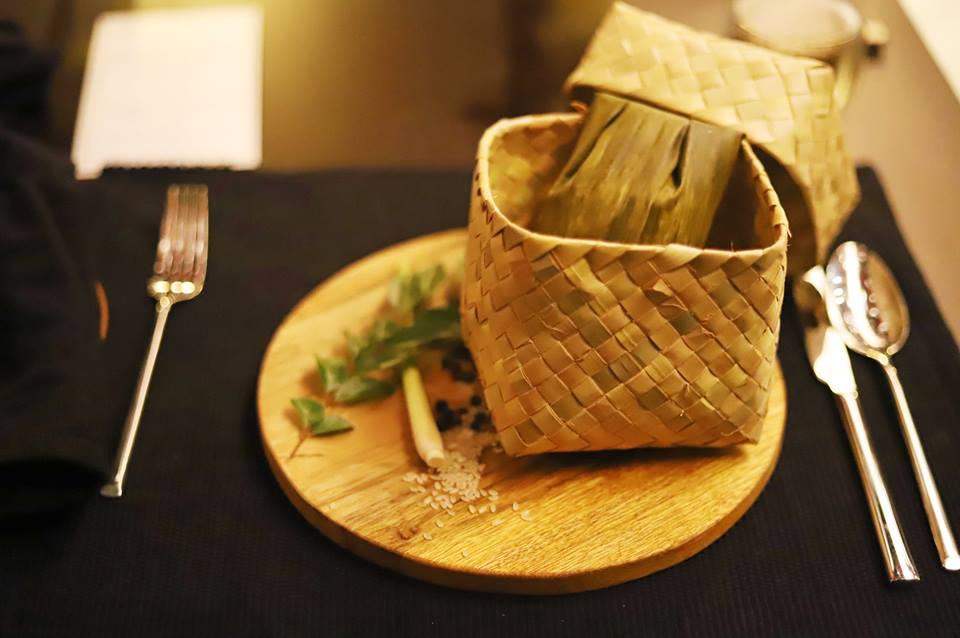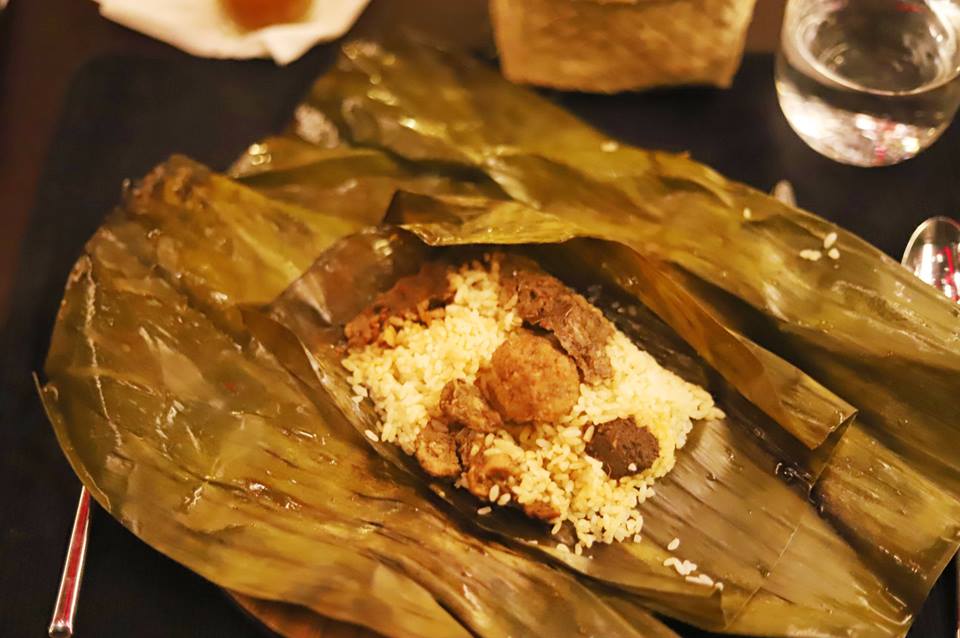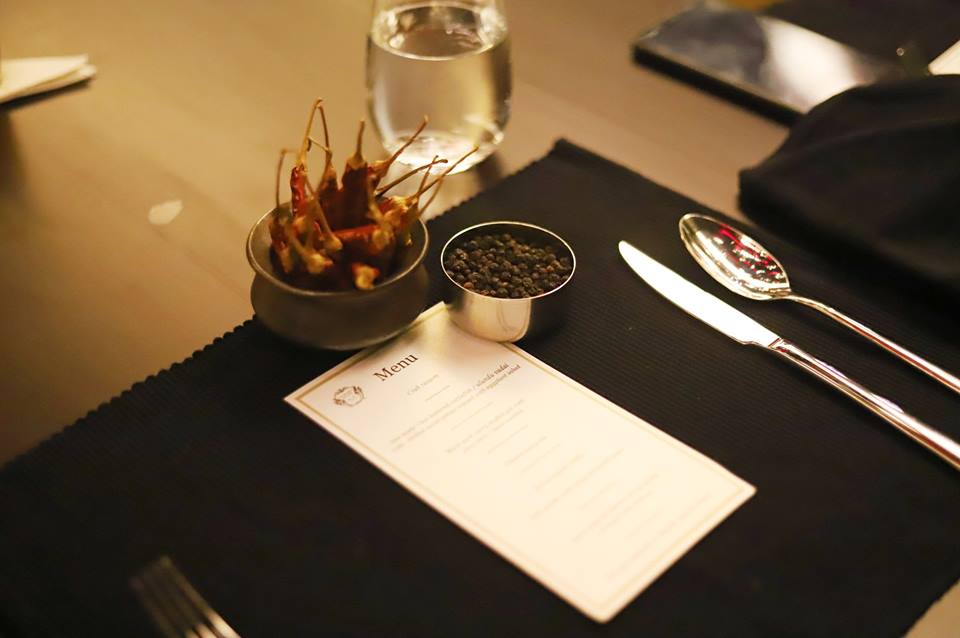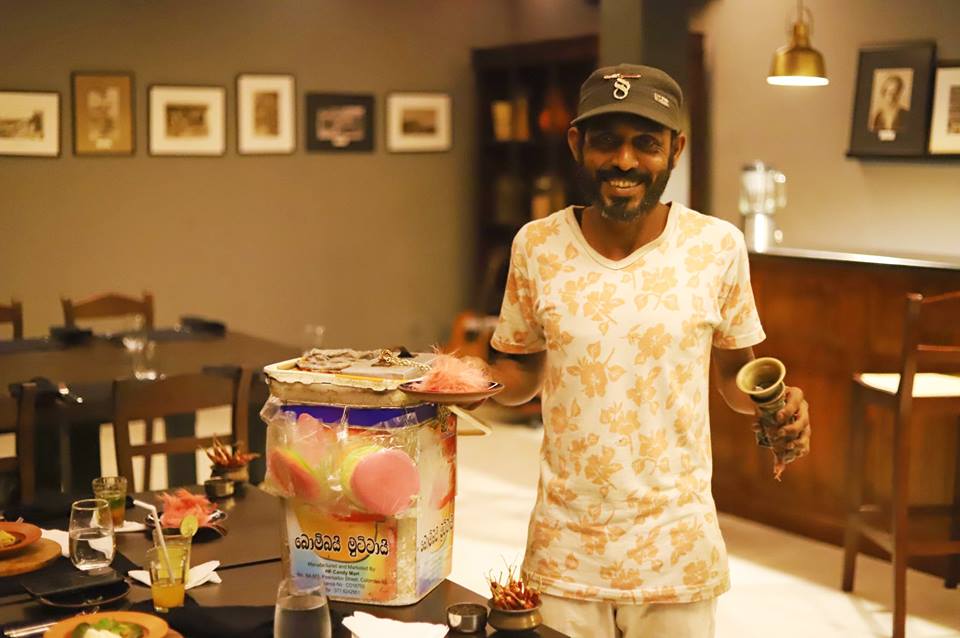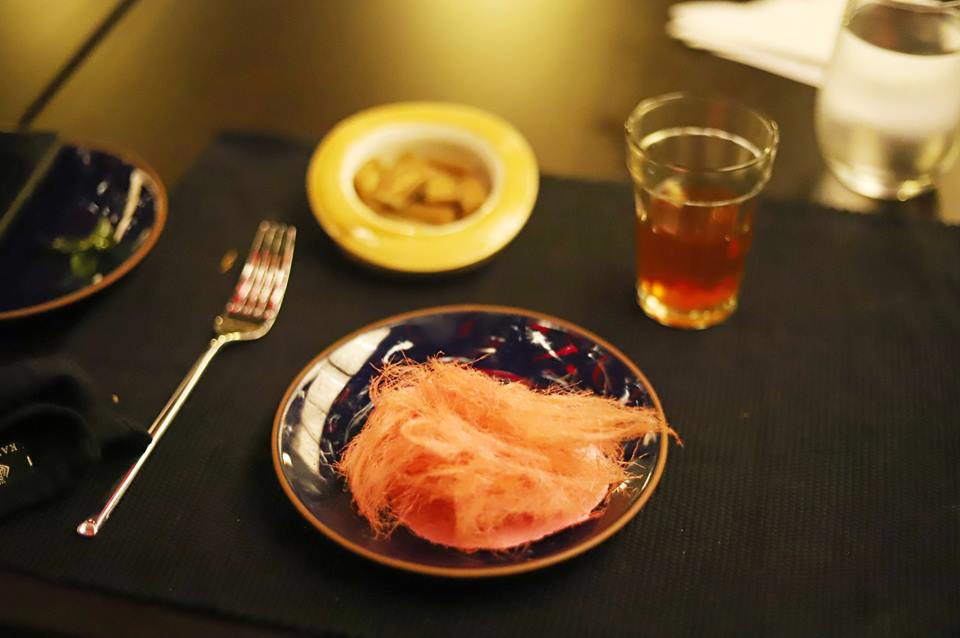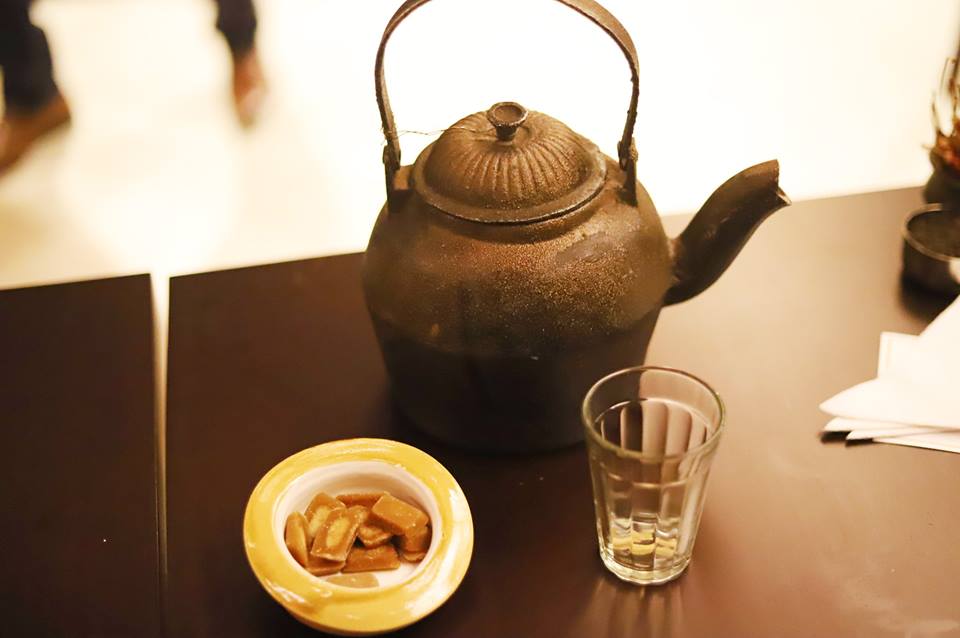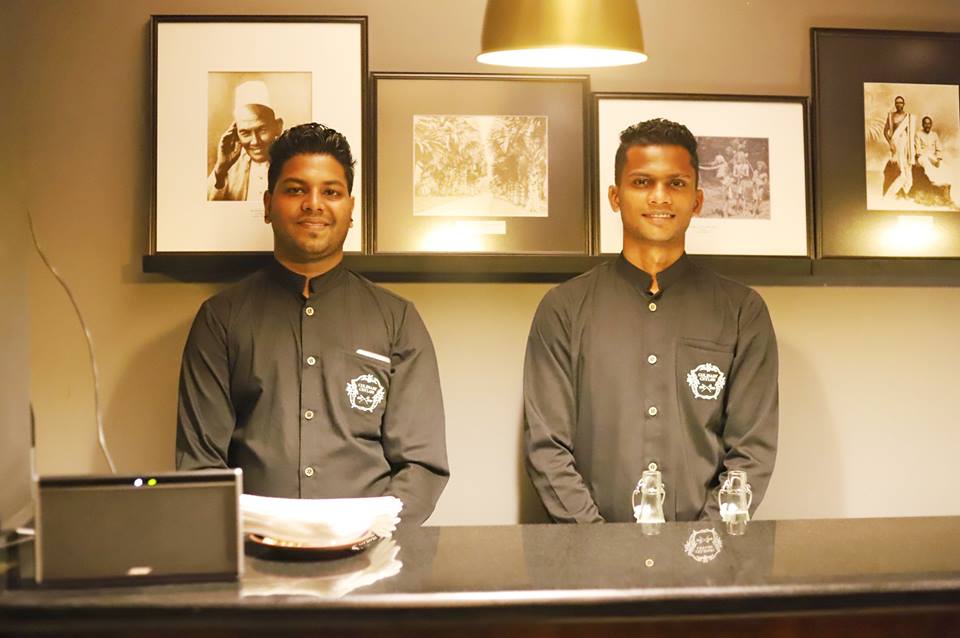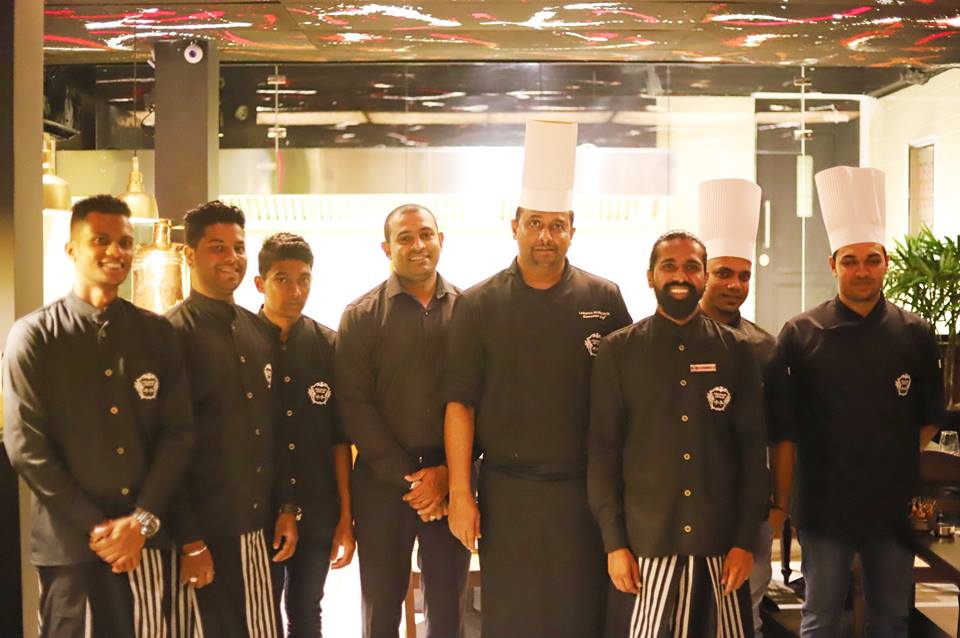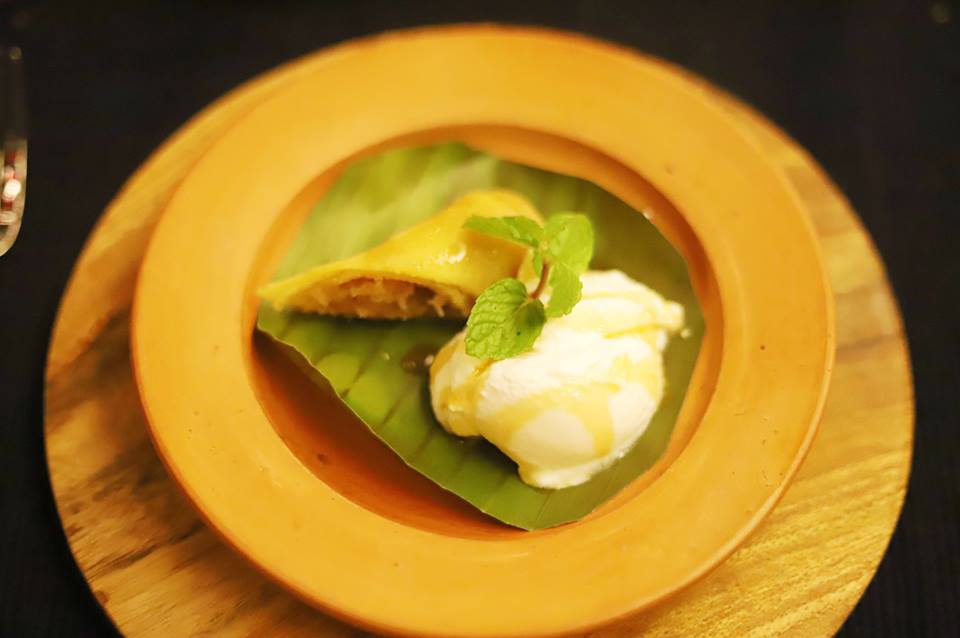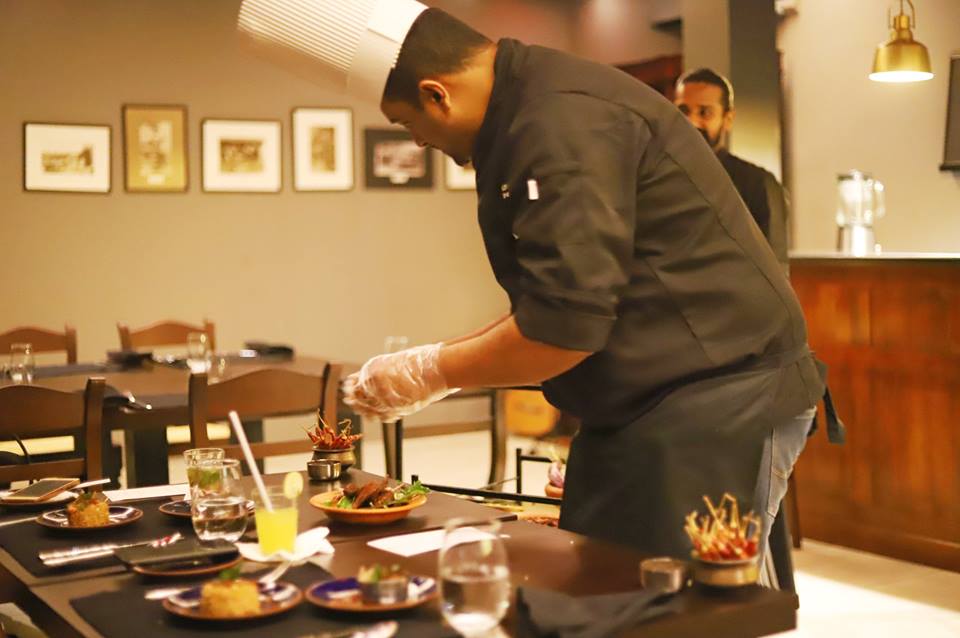With a history that dates back more than 2000 years, Sri Lanka has a rich culinary heritage passed on through the generations. The very first recipes per se come from our indigenous people, “the Veddahs” who as hunter/gatherers found novel ways to preserve excess meat from the kill or the day’s catch after a spear fishing expedition.
Thereafter came the days of the kings and kingdoms, when Sri Lanka was a nation known for its agriculture and of course its spices. Even biblical scholars believe that the Cinnamon mentioned in Exodus 30:23 and Song of Solomon 4:14 may have come from a nation that was known in those days as Serendib. Predominantly vegetarian at the time owing to the advent and spread of Buddhism, most if not all meals were built around the staple rice with accompanying curries and condiments.
With the great explorers of the West came more influence from the Portuguese who introduced tomatoes as more a vegetable than a fruit, the Dutch who brought with them breudher and lamprais, and of course the English who toned down Sri Lankan rice and curry which made them get all hot and bothered with the first bite of spice.
One can also not forget the Arab and Far Eastern merchants who came down the Silk Route and left behind Mediterranean spices and the likes of Chinese, Malaysian and other Eastern delicacies.
With such an eclectic mix of cuisines from around the world, one would think the original Sri Lankan cuisine would have been diluted over the years and yet it has been carefully preserved. Bringing together this heritage and presenting it to the world, is Colombo’s latest food phenom, Culinary Ceylon.
Nestled on the cobblestone streets of the Dutch Hospital precinct is a nondescript “petti kadey” stocked with an array of knick knacks including the rock-hard “Bulto” that can literally crack your teeth or the “Seeni Bola” that just melt in your mouth. The real culinary delights though are hidden behind the secret door at the back.
Opening up to a room adorned with Sri Lankan artefacts on one corner and a roof made of bright red batik and jute that create a pattern of its own, immediately opposite the entrance contrastingly is a modern show-kitchen. The room seats approximately 12-14 guests who are treated to a traditional welcome from Glen. Now don’t be fooled by the name itself and imagine a tall, white man. Instead the young man greeting you with an “Ayubowan” is clad in a traditional “Arachchi” get-up complete with the sarong, and the healthy beard. Glen is not just your greeter but the “Pothe Gura” or story-teller who will weave tales about the origins of what you are about to eat.
The idea at Culinary Ceylon is to serve up ‘home-cooked’ style meals using family recipes passed down from the proprietor’s ancestors. The first thing you do before immersing yourself in the local culture by ‘breaking bread’ with a local, is to wash your hands in a warm bowl of water and wipe them with spice infused towels our guided, curated experience distinguishes us from an ordinary restaurant visit. Listen to your curator as they carefully explain the origin of each dish and share the best of their knowledge and stories of the food you will enjoy.
On one side of the dining space is a bar manned by mixologists who uses small “té kadey” glasses to serve you Sri Lankan arrack-based cocktails named Yaal, Achcharu and Manik. If you are teetotalers like us just ask them to skip the alcohol and trust us the distinct flavours don’t really change much. Yaal as its name suggests resonates the flavours of the North predominantly with tamarind giving that oh-so-tingling “ambul” (sour) flavour. Manik is passion fruit based and is the least adventurous of the three, especially if you prefer a sweeter concoction. Our favourite though is the Achcharu which combines tropical fruit puree with lime and chilli powder for that kick and aftertaste that you would normally associate with eating the fruity delight.
Our carefully curated menu for the evening included 7 courses that quite literally was a fire-starter. The warm Crab Rasam was served in a miniature steel cup with the crab meat being stuck at the bottom. Now Rasam as we know is an Indian soup, traditionally prepared using tamarind juice as a base, with the addition of tomato, chili, pepper, cumin and other spices as seasonings. It gives you a heady feeling from the very first sip and is believed to have the ability to clear one’s sinuses. The second item on the menu is an entrée platter with three of Sri Lanka’s favourite finger foods. Inspired once again by Northern culinary practices the Isso Wadey, Ulundu Wade and Hot Butter Cuttlefish comes with an interesting Grilled Sweet Potato topped with Eggplant Salad. While the two versions of the wadey served with chutney were divine, the HBC was perfectly crispy on the outside and soft on the inside just the way we like it. It was the unlikely combination of two vegetables that people generally prefer to avoid that really got us liking this platter though.
The first main course per se is one inspired by the colonialists and before it arrives at your table Glen will do quite the rendition of “Lorenzo da Almeida Kolom Thotata…” a popular baila song that most Sri Lankans know and have sung at some point of our lives (drunken more often that not!). The Black Pork Curry stuffed Pol Roti with Lunu Miris and Seeni Sambol was perhaps our favourite item on the entire menu and it encompassed everything that is special about Sri Lankan cuisine, especially the combination of pepper from the pork, chilli from the sambal and the coconut flavour from the rotti. Ah bliss!
Then came another Dutch inspired favourite, the lamprais. Now a proper lamprais has several elements including the banana leaf that it comes wrapped in. Culinary Ceylon goes a step further of serving it up in a reed basket. Served piping hot this rice dish was full of flavour as was the ash plantain and eggplant curry and the must-have cutlet. String Hopper Kottu with Roasted Chicken Wings and Chilli Parata with Tangy Tamarind Sauce followed with both dishes being served together as one. Basically a half circle of kottu and half circle of parata were assembled together to create a ying and yang sort of dish that combines so many flavours together.
By this time your insides are telling you to stop with the food fest but how can you say no to crispy Thosai with Tomato Chutney and Coriander Coconut Chutney. We loved the chutneys and resulted in unashamedly licking our fingers clean also signaling the end of a superbly fulfilling Sri Lankan meal.
No traditional Sri Lankan meal is complete though without some good ol’ Buffalo Curd and Treacle. The fresh curd was perfect to cure some of the heat and burn from our spicy meal as was the Pol Pani Pancakes that came with our dessert. Just when you thought it was over, a distinct sound of a bell signaled the coming of one man who brought with him memories of childhood wrapped in what my grandmother would call “Bombai Muttai Pink” (the term she would use to describe the shade of pink!). And indeed it was the Bombai Muttai man himself armed with his bell and metal tin filled with pulled sugar floss and “nice” wafers. You would think by now we were stuffed but we had just enough room for two (not one!) doses of the sticky confectionary.
We walked out of the “petti kadey” so satisfied and also immensely proud of a heritage that we would otherwise forget. Colombo is a culture evolving and it is good to have those who treasure our roots and see value in it to take on even the oldest cuisines in the world. What a journey it was down the history annals of Sri Lanka and a trip down memory lane too. Culinary Ceylon certainly know how to take one of the best parts about our island home and present it to the world.
Written by Nishu GunawardanaPhoto Credit: Sanura Gunawardana
